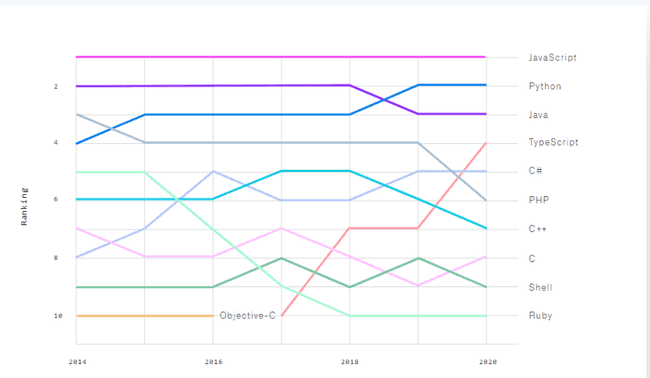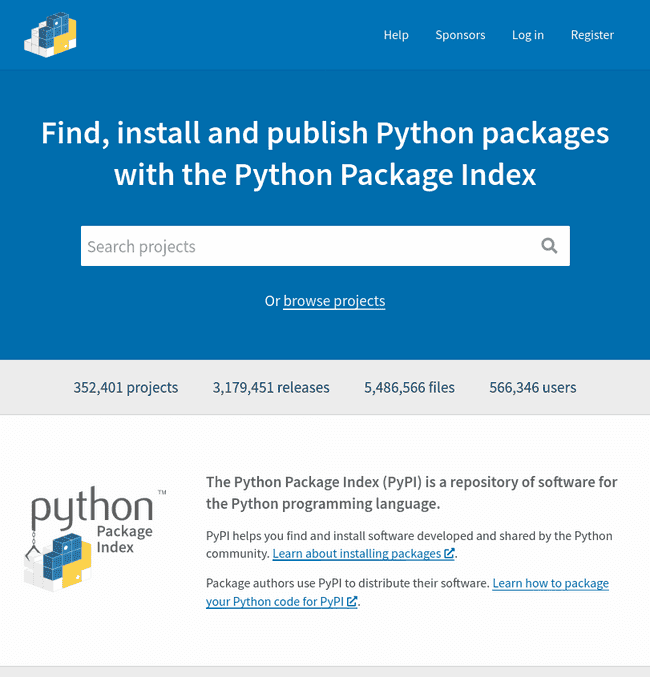Python introduction
What is Python?
- Created in 1991 (and named after Monty Python show)
- General-purpose programming language
- Interpreted (scripting) language
Why everybody is using it?
- Designed to be easy to learn -> it was/is used a lot for teaching
- Readable code
- Open-source and free
- Easy to interact with
- Early adopters were Google, YouTube, NASA, …
- Big community -> many libraries available for many different topics
Packages (libraries)
- Collections of functionalities
- Cover a certain topic / domain
- Everybody can share a library
- Many domains covered
- Not verified and not always correct
- ~ 300,000 packages
The Python Package Index (PyPI) repository
How does Python understand data?
Collections
- Lists — mutable, ordered
- my_list = [1, ‘test’, 5.8]
- Tuples — immutable, ordered
- my_tuple = (1, ‘test’, 5.8)
- Dictionaries — key-value pairs, no order
- my_dict = {‘petra’ : ’petra@adaltas.com’}
- Sets — mutable, unordered, no repeats
- my_set = {1, 3, 6, 9}
Click here to explore more functionalities of Python collections.
How can we manipulate data?
Through functions:
- Code that solves a specific task
- Types:
- Built-in:
type(), `print()“ - Imported from libraries:
from <module> import <function> - Custom:
def my_funct()
- Built-in:
To be able to write meaningful functions, we need to get to know some other constructs first:
- Conditional statements
- Loops
- Boolean expressions
Conditional statement
Evaluates a condition and depending on the result, it executes different branch of code:
a = 200
b = 33
if b > a:
print("b is greater than a")
else:
print("b is not greater than a")If you want multiple conditions, you can chain them with elif.
- If … else
- If … elif … else
Loops
To repeat the same action multiple times, you use loops:
- For loop: repeats the same action n-times
for i in range(1, 10):
print(i)- While loop: repeats as long as condition is true
i = 0
while i < 10:
print(i)
i = i + 1Boolean expressions
Expressions that compares data and returns a Boolean value as a result (True, False):
- Comparisons (>, <, =)
- Inclusions (is in)
- Chaining conditions with Boolean operators: AND, OR, NOT
User-defined functions
When a function we need doesn’t exist, we need to write it ourselves. In Python:
- It always starts with def
- It can take none, one or more arguments
- It always returns a value
- explicit return: a function contains return statement
- implicit return: a function doesn’t contains return statement. In this case, the function returns
None.
# This function returns name
def return_name(name):
return(name)# This function prints name and returns None
def print_name(name):
print(name)



